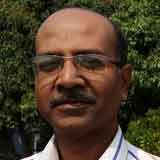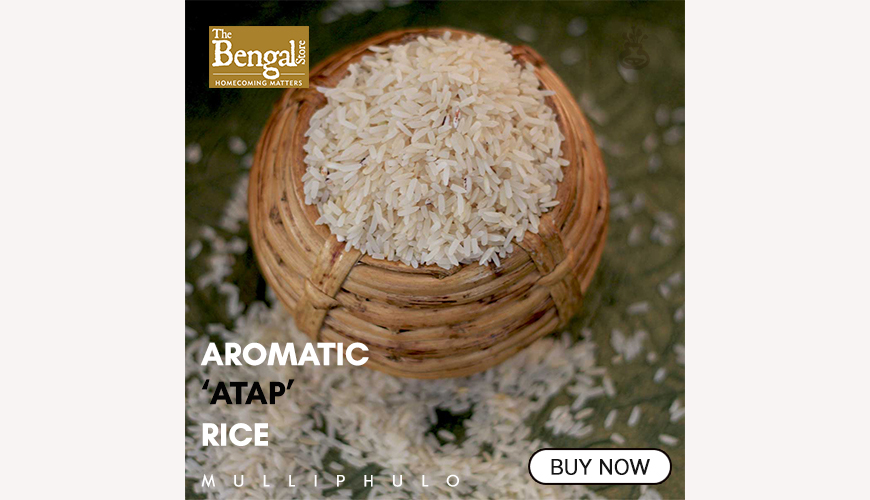Organic Paddy Seeds of Bengal across India
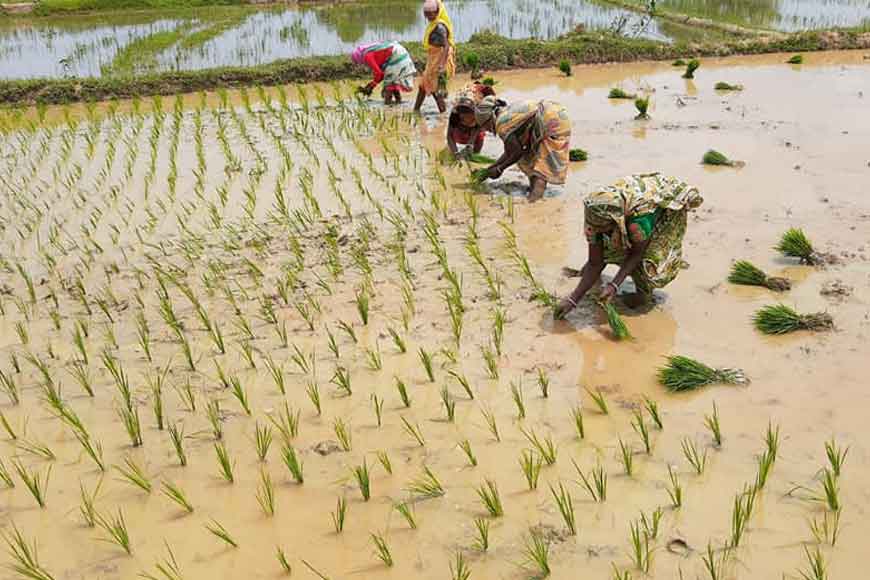
In 2000 I joined the Agriculture and Training Centre in Phulia that was established in 1952. Everything was in place as per infrastructure, from training to village community service. Unfortunately, nothing worked. I was taken aback to realise that neither any training took place, nor there was any cultivation going on in the adjoining fields that were earmarked for research purpose. The area was huge, almost 21 acres of land including the building. Other than this there was also a playground covering around 4 acres. But they stood there for years without being utilized.
Not just agricultural training and research, the Centre had separate allocations for dairy farming, apiculture, poultry farming and even women empowerment department where only women would get skill development training. But again, nothing worked, not even the expensive machines and tools that were bought for the training purpose. Lying idle, they had by now rusted. Only a few cows were there in the cowshed. This pathetic condition, indeed unnerved me.
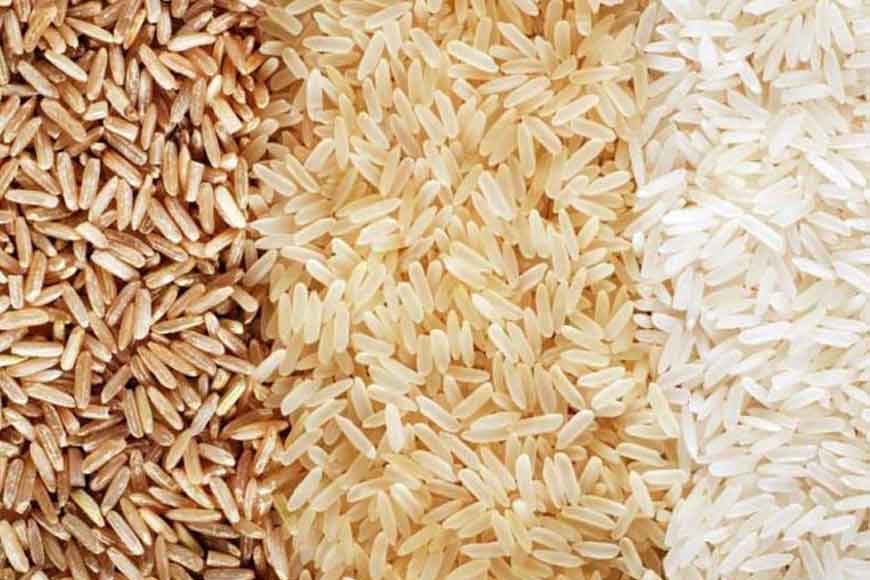
The Centre was then headed by Chakdah resident and well-known agronomist Bijon Roy. Roy was a very enthusiastic person and welcomed me. He himself was also frustrated at the poor condition of the Centre and one day discussed with me how happy he was to have me there. In his own words: ‘I am at last happy that a dynamic scientist like you have been posted to the Centre. We needed someone like you to make things going.’ Before coming to the Phulia Centre I had heard from a relative that the situation there was so bad, most scientists refused posting there. I thus was quite frustrated in the beginning.
However, I started exploring the area and making plans as to how to develop the place. The Centre had a very good library and a farm. I thought why not use the farmland for experimenting with organic farming. And thus, started my journey with Organic Paddy cultivation in the year 2001. From 2002, even the fertlizers used were organic and all chemicals were discarded. I had already collected 22 kinds of paddy seeds from Dr Debal Deb and started their cultivation on 2 bigha land. Several eyebrows were raised at my endeavour. Needless to say, there were many who criticized my work. It seemed others were not interested in something new happening at the Centre. Their behaviour towards me was amusing, as if I was doing a grave mistake. However, I kept up my experimentation unperturbed. Within six months Kerala Sundari, a special paddy that I harvested, gave very good yield. For 2 consecutive years I even invited government officials to participate in the crop cutting ceremony. Despite being an indigenous paddy, the harvest was a bumper one. But no one came to see the success.
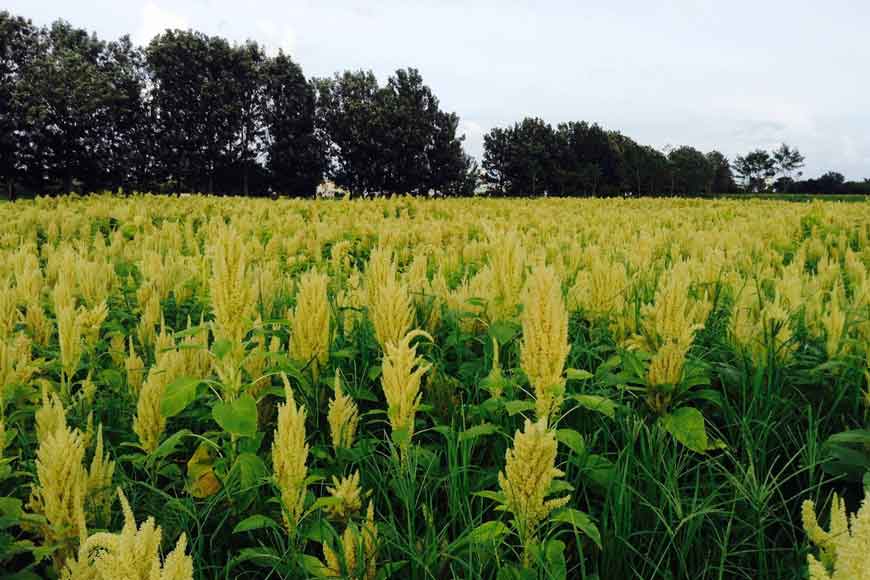
I decided to carry on with the work myself. By then I had collected almost 45 varieties of paddy. It turned into a passion for me – collected seeds from different sources. In those days collecting seeds of indigenous paddy was difficult. Nowadays, it is easier and we have started supplying around 80 different varieties of seeds to farmers, probably the highest from any training centre in India.
Other than Dr Debal Deb, I came across some more scientists of India, who were experimenting with indigenous paddy. I participated in seminars and earned more knowledge about Desi Dhaan. In 2004, I visited Vandana Shiva’s Organic Farm in Dehradun and met different farmers working with organic seeds. We exchanged seeds and decided to keep in touch. In 2006-07, invited by Living Farms, I got the opportunity of visiting Orissa and learning about their organic paddy harvest. In Orissa’s Nayagram, I was introduced to Srimati Sabarmati, who had collected 300 varieties of paddy seeds. She gave me seeds of famous Kalabhaat, Megadombur, Taalmuli, Mulliphulo, Maachkanta, Khara etc. I gave her seeds from North 24 Parganas – of the famous Narayan Kamini. I had collected Narayan Kamini seeds from a farmer of Swarupnagar and this paddy variety was unique as it was flood resistant and could withstand even a height of 1.5ft water! This variety is now often cultivated in Andhra Pradesh and Telengana. I was happy to come across several enthusiasts like me including Soumik Banerjee of Jharkhand, Sahaja Samriddha of Karnataka, Deepika Kundaji of Puduchhery, Shri Babulal Daiha of Madhya Pradesh, Jayprakash Singh of Benares, Nakchhera Ram of Chhatisgarh and many more. But the person I was honoured to come across was Dr R.H.Richaria who was attached to the Paddy Research Centre of Cuttack. I was surprised to learn how one of the most honoured agricultural scientists of India went through a lot of ridicule. Something similar would happen to me soon!
(to be continued)

-Scheme-during-Rabi-2025-26--Agriculture.jpg)





